Gangaur holds a special place as a festival dedicated to Goddess Gauri, a revered manifestation of Goddess Parvati, the divine consort of Lord Shiva. Celebrated primarily in Rajasthan, Gangaur, also known as Gauri Tritiya, is marked by vibrant rituals and heartfelt devotion. On Saturday, March 21, 2026 , Rajasthan will once again come alive with the grandeur of Gangaur, as married women ardently worship Maa Gauri, seeking blessings for their husbands' health, longevity, and marital bliss, while unmarried women observe the Gangaur fast and perform the Gangaur pooja with the hope of securing an ideal life partner.
The splendor of Gangaur is most vividly experienced in Rajasthan’s iconic cities, such as Jaipur, Udaipur, Jodhpur, Jaisalmer, Bikaner, and Nathdwara, where processions, folk performances, and ceremonial prayers fill the streets with festive energy. However, the festival’s significance extends beyond Rajasthan, as Rajasthani communities in other parts of India, including Kolkata (West Bengal) and Gujarat, celebrate Gangaur with equal enthusiasm, keeping alive the rich cultural heritage of their motherland.
Festival Date, Time, Muhurat & Tithi
Gangaur is primarily in Rajasthan, honoring Goddess Gauri (Parvati) and Lord Shiva. In 2026, the festival spans from March 14th to March 31th, with the main celebration on Saturday, March 21, 2026
Key Timings for Gangaur 2026:
Gangaur Puja on Saturday, March 21, 2026
Tritiya Tithi Begins - 05:00 AM on Mar 21, 2026
Tritiya Tithi Ends - 02:26 AM on Mar 22, 2026
Note: Sunrise and sunset vary by region and date due to India's geographical diversity. For exact timings, refer to local astronomical data.
Significance & Importance of Gangaur Festival
The term Gangaur is a sacred compound of two divine names: 'Gana,' referring to one of the epithets of Lord Shiva, and 'Gauri,' denoting Goddess Parvati, in whose honor this festival is devotedly celebrated. Gangaur is not merely a ritualistic observance but a profound expression of devotion, marital harmony, and divine grace. Though the festival primarily venerates Goddess Gauri, it is significant to note that both Lord Shiva and Goddess Parvati are worshipped together during this occasion. This dual worship symbolizes the sacred union of Shiva and Parvati, representing the ultimate ideals of love, fidelity, and companionship in marital life. The devotees seek the divine blessings of Shiva-Shakti, as their union is believed to embody cosmic balance, where Shiva signifies pure consciousness and ascetic detachment, while Gauri represents nurturing energy, fertility, and devotion. Married women observe Gangaur fast and engage in meticulous pooja vidhi to invoke Goddess Gauri's blessings for a blissful, prosperous, and harmonious married life, while unmarried women pray for an ideal life partner, embodying virtues akin to Lord Shiva himself.
Beyond its significance in marital devotion, Gangaur is deeply intertwined with the rhythms of nature and agrarian prosperity. The festival is celebrated during the spring season (March-April), a time of renewal, fertility, and abundance. Thus, Gangaur also serves as a thanksgiving festival, wherein devotees express gratitude to the Divine Mother for the bounty of nature, particularly the promise of a good harvest. As Maa Gauri is revered as the bestower of fertility and prosperity, her worship is believed to bring abundance, harmony, and protection from natural calamities. The joyous processions, cultural performances, and ceremonial prayers conducted during Gangaur reflect a spirit of divine grace, communal harmony, and cultural preservation, strengthening the spiritual and social fabric of society. The festival ultimately reinforces the sacred bond between the earthly and the divine, where human aspirations, natural cycles, and cosmic energies align in a harmonious celebration of devotion, love, and divine blessings.
Stories of Gangaur Festival
The Gangaur festival, dedicated to Goddess Gauri (Parvati) and Lord Shiva, is steeped in mythology and folklore. These stories reflect the deep spiritual significance of the festival and explain why it is celebrated with such devotion, especially among married and unmarried women.
Below are some of the most well-known stories associated with Gangaur:
The Divine Reunion of Shiva and Parvati
According to Hindu scriptures, Goddess Parvati undertook intense penance to win Lord Shiva as her husband. She performed severe austerities in the Himalayas, forsaking all worldly comforts, proving her unwavering devotion to Lord Shiva. Pleased with her dedication, Shiva accepted Parvati as his divine consort, signifying the union of Shakti (feminine energy) and Shiva (masculine consciousness).
The Gangaur festival is believed to commemorate this divine love and marital bliss. Married women observe this festival to seek blessings for a long, prosperous, and harmonious marital life, while unmarried women pray to find an ideal husband like Lord Shiva. The Gangaur fast, wherein women abstain from consuming food for a specific duration, is an expression of their devotion and faith, mirroring Goddess Parvati’s steadfastness in winning Shiva’s love.
Goddess Parvati’s Visit to Her Maternal Home
A popular folk tale narrates that after her marriage to Lord Shiva, Goddess Parvati would visit her maternal home (maika) once every year during the Gangaur festival. The people of her hometown welcomed her with great joy and reverence, showering her with love and devotion. After staying for a few days, Shiva himself would come to take her back to Mount Kailash, symbolizing the bond between a married woman and her parental home.
This story is reflected in the rituals of Gangaur, where newly married women return to their parental homes to celebrate the festival. On the final day of Gangaur, elaborate processions are carried out in various parts of Rajasthan, representing Shiva coming to take Goddess Gauri back, which marks the conclusion of the festival.
The Story of a Devoted Queen and Goddess Gauri’s Blessing
A folktale associated with Gangaur speaks of a queen who was a devoted worshipper of Goddess Gauri. It is said that once, during a severe drought, the people of her kingdom were suffering due to the lack of food and water. The queen, alongside other women of the kingdom, observed the Gangaur fast with deep faith, praying for relief. Pleased with their devotion, Goddess Gauri appeared in the queen’s dreams and promised prosperity. Soon after, the land received abundant rainfall, crops flourished, and the people were blessed with a bountiful harvest.
Since then, the Gangaur festival is not only considered sacred for marital blessings but also regarded as an agricultural festival, where people pray for rain, fertility, and prosperity.
How to celebrate Gangaur Festival
Gangaur, one of Rajasthan’s most vibrant festivals, is a grand celebration of Goddess Gauri (Parvati) and Lord Shiva, symbolizing marital harmony, prosperity, and devotion. Women, both married and unmarried, observe this festival with deep reverence, dressing in bright traditional attire, adorning their hands and feet with intricate Mehendi (Sinjara), and following sacred rituals. For 18 days, they observe a strict fast, eating only once a day, while newlywed women are especially required to partake in the fasting and pooja. An essential part of the ritual is listening to the Gangaur vrat katha, which ensures the successful completion of the fast and pooja vidhi.
The festival begins the day after Holi, when the sacred ashes from Holika Dahan are collected and used to plant wheat and barley seeds, symbolizing fertility and prosperity. Women sing traditional Gangaur geet in praise of Maa Gauri and take part in customs like balancing decorated water pots on their heads. Beautiful clay idols of Isar (Shiva) and Gauri are crafted, worshipped, and kept in homes throughout the festival. In some Rajput families, wooden idols are permanently kept and repainted annually by skilled artisans known as Matherans.
A unique tradition of Ghudlia is observed by unmarried girls, where they carry decorated earthen pots with lamps through the streets, receiving gifts from elders, which they later break and immerse in water. As the festival nears its climax, married women receive new clothes, jewelry, and sweets from their parental homes, symbolizing love and blessings. The final days see a grand spectacle where women dress in their finest attire, carrying the idols of Gauri and Isar in a grand procession, accompanied by music, singing, and dancing. The festival concludes as the idols are immersed in lakes and ponds, symbolizing Gauri’s departure to her husband’s home, marking the end of the celebration and the beginning of the anticipation for next year’s Gangaur.
Celebration Of Gangaur Festival In Rajasthan
The Gangaur festival in Rajasthan is a mesmerizing celebration of devotion, tradition, and cultural grandeur. Each city in the state showcases its own unique Gangaur puja rituals and festivities, attracting visitors from across the globe. A highlight of the celebrations is the Gangaur Mela, a vibrant fair held in major cities, serving as a hub for entertainment, social gatherings, and even matchmaking, as families with marriageable sons and daughters often meet during this auspicious time.
Jaipur's Gangaur is particularly famous for its grand procession, starting from the Zanani-Deodhi of City Palace and passing through Tripolia Bazaar, Chhoti Chaupar, Gangauri Bazaar, and Chaugan Stadium, before reaching Talkatora. Women dressed in vibrant attire carry beautifully adorned idols of Goddess Gauri, singing Gangaur geet while accompanied by palanquins, elephants, bullock carts, and chariots, creating a breathtaking spectacle.
Meanwhile, in Udaipur, the festival coincides with the Mewar Festival, with celebrations centered around the iconic Gangaur Ghat on Lake Pichola. No Gangaur festival is complete without indulging in Ghewar, a delectable Rajasthani sweet enjoyed by locals and tourists alike. With its mix of prayers, fasting, folk dances, music, colorful processions, delicious food, and joyous socializing, Gangaur truly embodies the spirit of Rajasthan’s cultural heritage.
Gangaur Festival Puja Vidhi (Puja Procedure)
The puja vidhi (rituals) are meticulously followed, symbolizing faith, love, and reverence for the divine.
- Ghata Sthapana (Installation of Sacred Pots) – On the first day, clay idols of Goddess Gauri and Lord Shiva are crafted or purchased. Wheat or barley seeds are sown in an earthen pot (ghata), symbolizing fertility and prosperity.
- Daily Worship and Fasting – Women observe fasts, perform Gangaur pooja daily, and offer flowers, turmeric, and kumkum to Maa Gauri, seeking her blessings for a happy married life.
- Adorning Goddess Gauri – The idols are decorated with vibrant clothes, jewelry, and henna, and unmarried girls dress similarly, praying for an ideal husband.
- Gangaur Katha (Sacred Story Recitation) – Devotees listen to or recite the Gangaur Katha, narrating the divine love and union of Lord Shiva and Goddess Parvati, reinforcing faith in marital harmony.
- Processions and Folk Celebrations – The festival reaches its peak with grand processions, where women carry adorned idols of Gauri on their heads, singing Gangaur geet and performing folk dances.
- Immersion Ceremony (Visarjan) – On the final day, the idols are ceremoniously immersed in water bodies, marking the symbolic departure of Maa Gauri back to her divine abode.
- Feasting and Community Gatherings – The festival concludes with feasting, socializing, and sharing festive delicacies like Ghewar, celebrating the joy and prosperity bestowed by Goddess Gauri.
These rituals make Gangaur a vibrant and spiritually enriching festival, strengthening bonds of love, faith, and tradition.
Gangaur Festival Puja Mantras
Gangaur Pooja Mantra
This is the main mantra recited while offering flowers, turmeric, kumkum, and water to Goddess Gauri.
ॐ ह्रीम गौरीपतये स्वाहा ।
Om Hreem Gauripataye Swaha
(Obeisance to Goddess Gauri, the beloved of Lord Shiva, bestower of happiness and prosperity.)
Mantra for Marital Bliss
Unmarried and married women chant this mantra to pray for a suitable husband or the well-being of their spouse.
कात्यायनि महामाये महायोगिन्यधीश्वरि।
नन्दगोपसुतं देवि पतिं मे कुरु ते नमः॥
Katyayani Mahamaye Mahayoginyadhishwari |
Nandagopasutam Devi Patim Me Kuru Te Namah ||
(O Goddess Katyayani, the great cosmic energy, grant me an ideal husband like Lord Shiva.)
Gangaur Aarti Mantra (Chanted During Aarti)
During Gangaur Aarti, this mantra is sung with devotion.
जय गंगा गौरी, मैया जय गंगा गौरी।
तुमको नित ध्यावत, हरि ब्रह्मा शिवा री॥
Jai Ganga Gauri, Maiya Jai Ganga Gauri |
Tumko Nit Dhyavat, Hari Brahma Shivari ||
(Glory to Mother Gauri, who is meditated upon by Lord Vishnu, Brahma, and Shiva.)
Chanting these sacred mantras with devotion enhances the spiritual significance of Gangaur Puja, bringing blessings, peace, and prosperity to devotees.
Gangaur Festival Vrat Vidhi (Fasting Procedure)
The Gangaur Vrat (fasting) is observed with deep devotion by married women for the well-being and longevity of their husbands and by unmarried girls seeking an ideal life partner. The fast is observed with strict discipline, following traditional rituals throughout the festival period.
Beginning of the Fast
The Gangaur fast begins on the first day of the festival, when devotees perform Ghata Sthapana (sowing wheat or barley seeds in an earthen pot). Women eat only once a day and refrain from consuming onion, garlic, and non-vegetarian food. In some traditions, newly married women observe a 16-day-long fast, eating only one meal without salt.
Daily Rituals During the Fast
Every morning and evening, women perform Gangaur Puja, offering water, turmeric, kumkum, and flowers to Goddess Gauri and Lord Shiva. They decorate the clay idols, apply mehendi (henna) on their hands, and sing Gangaur geet while narrating the Gangaur Katha. Devotees also worship the wheat sprouts grown in the pot, symbolizing prosperity.
The Final Day of the Fast
On the last day, women break their fast after completing the Gangaur Visarjan (idol immersion). The beautifully adorned idols of Goddess Gauri are carried in a grand procession, accompanied by traditional folk dances, songs, and decorated elephants or chariots. Married women receive sindoor (vermillion), bangles, and sweets as blessings, signifying a blissful married life.
Observing the Gangaur fast with sincerity and devotion is believed to bring happiness, love, and prosperity, strengthening the sacred bond of marriage and devotion to Goddess Gauri.
Gangaur Festival Vrat Katha (Traditional Fasting Story)
According to ancient scriptures and folklore, Maa Gauri won the heart of Lord Shiva through her intense penance and deep devotion. She meditated in the Himalayas for years, forsaking all material comforts, proving her dedication to the ascetic Lord. Pleased with her devotion, Shiva accepted Parvati as His divine consort, signifying the ultimate spiritual and marital union. This divine love story is the foundation of the Gangaur festival, where married women worship Goddess Gauri for a blissful married life, while unmarried women seek a virtuous and devoted husband like Lord Shiva.
The Divine Visit of Shiva, Parvati, and Narad Muni
One of the most popular Gangaur Vrat Katha (sacred legend) narrates that Lord Shiva, Goddess Parvati, and Narad Muni once descended to Earth on a divine tour. As they wandered through a dense forest, the women of the region learned about their presence and eagerly prepared elaborate meals to welcome them. Women from the lower caste were the first to reach the divine guests, offering their humble yet heartfelt hospitality. Lord Shiva, Maa Parvati, and Narad Muni were immensely pleased with their devotion and sincerity. Overwhelmed by their love, Goddess Parvati blessed them by sprinkling 'Suhagras'—a sacred substance that bestows conjugal bliss and prosperity.
Later, the upper-caste women arrived with their offerings, reverently worshipping Lord Shiva and Goddess Parvati. Shiva, having observed that Parvati had already bestowed all her Suhagras on the first group, curiously inquired about how she intended to bless these women. Maa Parvati, embodying the ultimate form of divine grace and maternal love, decided to offer something even more profound—her own essence. Without hesitation, she scratched her finger and sprinkled her own blood upon them, signifying her boundless love and divine blessings for all women, irrespective of their social status. This story beautifully conveys the impartial and nurturing nature of Goddess Parvati, who grants her benevolence to all her devotees equally.
The Homecoming of Goddess Parvati
Another revered version of the Gangaur Katha narrates that Goddess Parvati, like any married woman, would visit her parents’ home during the Gangaur period. This tradition reflects the bond between a daughter and her parental home, which is still honored in Indian culture. During her stay, she was pampered and celebrated by her family and loved ones, enjoying the warmth and love of her maternal household. However, when the time came for her return to Mount Kailash, Lord Shiva himself arrived to escort her back, ensuring she had a grand and respectful send-off.
This divine homecoming is symbolically re-enacted every year through Gangaur processions, where beautifully adorned idols of Maa Gauri are carried through the streets in vibrant celebrations, culminating in her immersion in water. The ritual signifies her return to her divine abode, marking the conclusion of the festival. The grand processions, folk songs, dances, and celebrations reflect the joy of Parvati’s farewell, making Gangaur a festival of love, devotion, and the sacred marital bond.
The Deeper Spiritual Meaning of Gangaur
Gangaur carries profound spiritual significance. Lord Shiva and Goddess Parvati’s divine union represents the balance between detachment and devotion, asceticism and love, and Shiva (pure consciousness) and Shakti (creative energy). By worshipping Maa Gauri, devotees invoke her divine grace for marital harmony, longevity of their spouses, and overall well-being.
Through fasting, prayers, processions, and festive celebrations, Gangaur upholds the ideals of love, fidelity, and the sanctity of marriage while also celebrating the maternal and compassionate essence of Goddess Parvati, who bestows her blessings on all those who worship her with a pure and devoted heart.
Puja Utensils, Essentials
Rudra Centre brings an extensive collection of Puja Articles which caters to all that is required for daily and special Puja Vidhis. We offer variants of designs and sizes in each category. The list includes handcrafted Puja Mandirs, Puja Pedestals, offering Bowls, Panchpatra, intricately carved Puja Thalis, Abhishek Vessels, in different materials, Pure Silver/German Silver articles like Kalash, set of Shodash Upachara and Several other Puja Articles, which we deliver at your doorstep.
Nepali Gauri Shankar (Shiv Parvati) Rudraksha
The Gauri Shankar Rudraksha is the unified form of Shiva and Shakti, represented by two rudrakshas that are naturally joined. It activates the Hrit Padma chakra and attracts peace, harmony, and prosperity into the life of the wearer. The Hrit Padma chakra is the spiritual heart, where Goddess Mahalaxmi resides. The unblocking of this chakra is essential for the functioning of all of the body's chakras. This rudraksha awakens unconditional love and the ability to identify one’s partner.
Shiv Parivar Marble Idol
Charming Shiva Parivar Marble Idol, a mesmerizing embodiment of divine harmony and sublime elegance. This stunning idol, meticulously carved from exquisite marble, showcases Bhagawan Shiva, Goddess Parvati, Bhagawan Ganesha, and Bhagawan Kartikeya in a blissful familial embrace. The intricate details and joyful expressions embody family love and devotion, making it a spiritual and aesthetically beautiful centerpiece for any puja altar.
Conclusion
The Gangaur Festival is a profound celebration of devotion, marital bliss, and divine grace, honoring the sacred bond between Lord Shiva and Goddess Parvati. It symbolizes love, harmony, and prosperity, with women observing fasts, pujas, and rituals to seek Maa Gauri’s blessings for a fulfilling married life. Beyond its religious significance, Gangaur fosters social unity, cultural preservation, and artistic expression, with grand processions, folk songs, and vibrant fairs attracting people from around the world. The festival also serves as an occasion for matchmaking and familial bonding, carrying forward ancient traditions. As the idols of Goddess Gauri are immersed, it signifies her return to her divine abode, reminding devotees that faith, love, and devotion transcend the physical realm. A timeless embodiment of spiritual strength and feminine divinity, Gangaur continues to be cherished with unwavering joy and devotion across generations.


-in-Astrology.jpg)
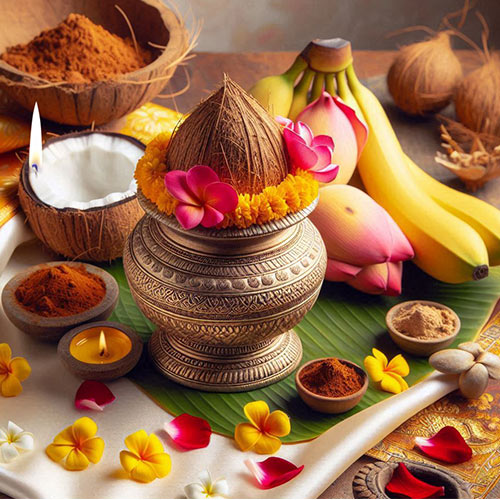
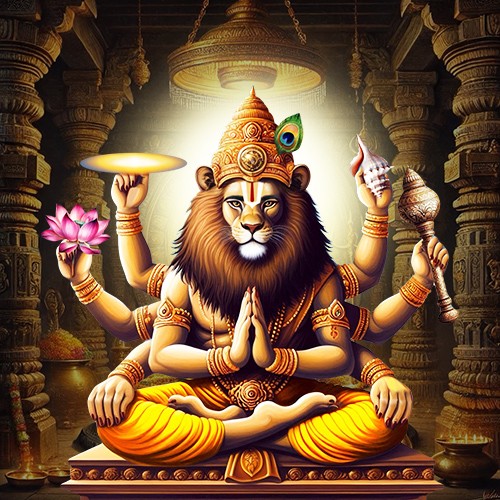
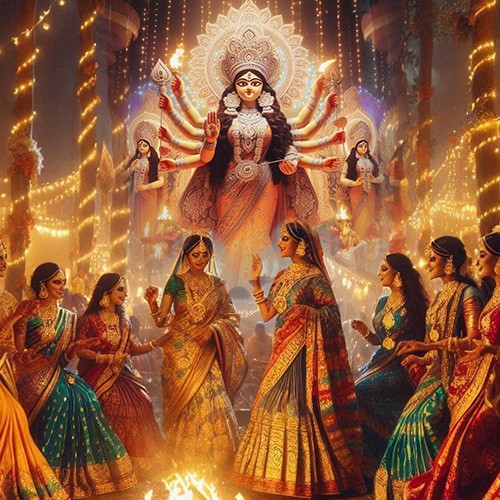
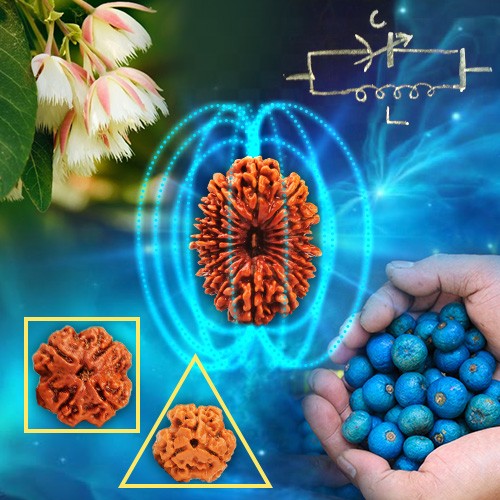

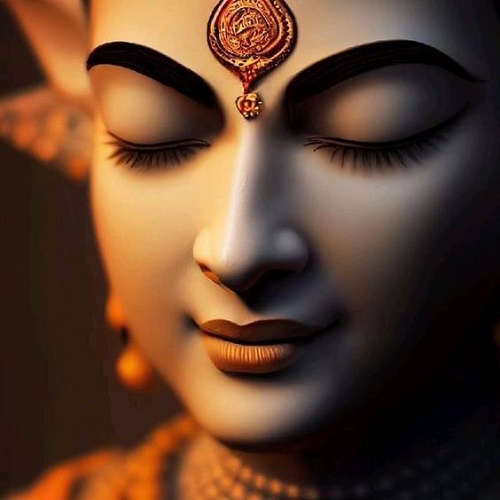
.jpg)
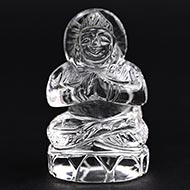
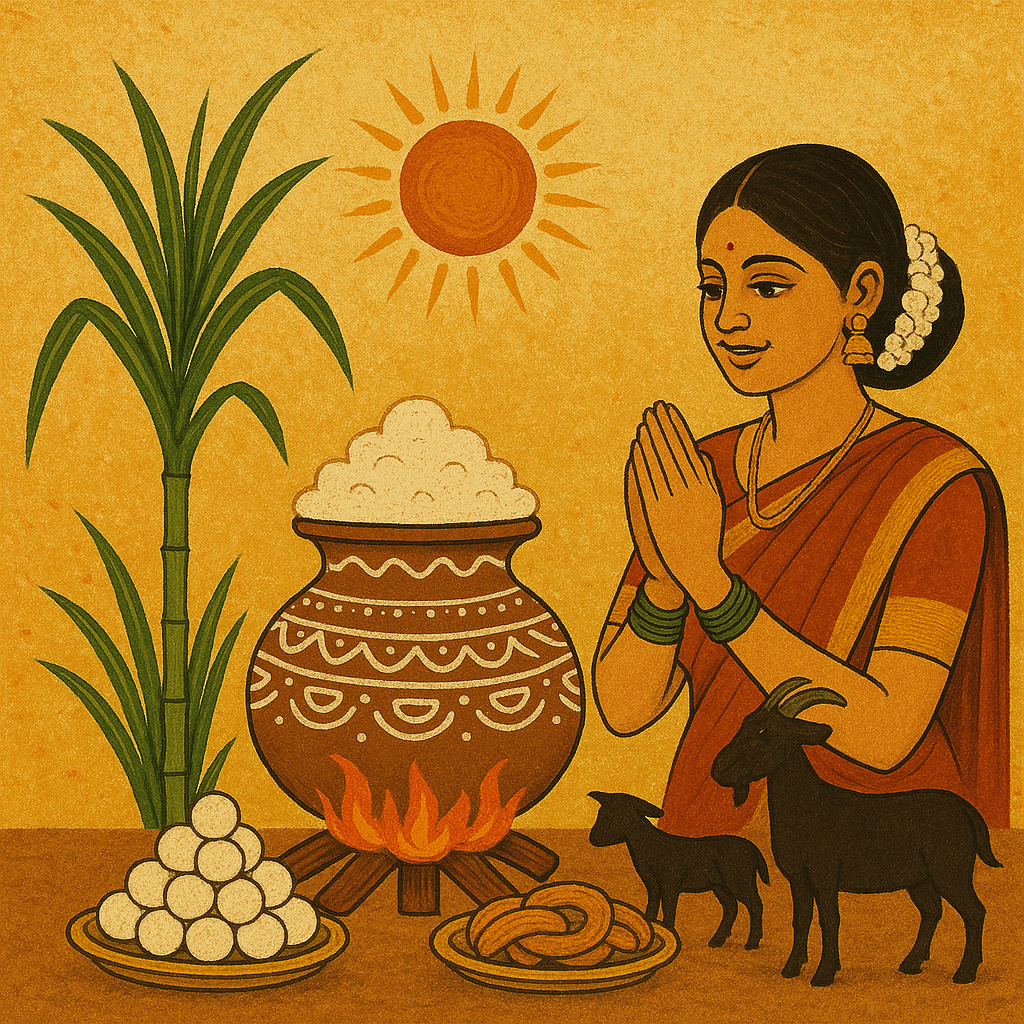
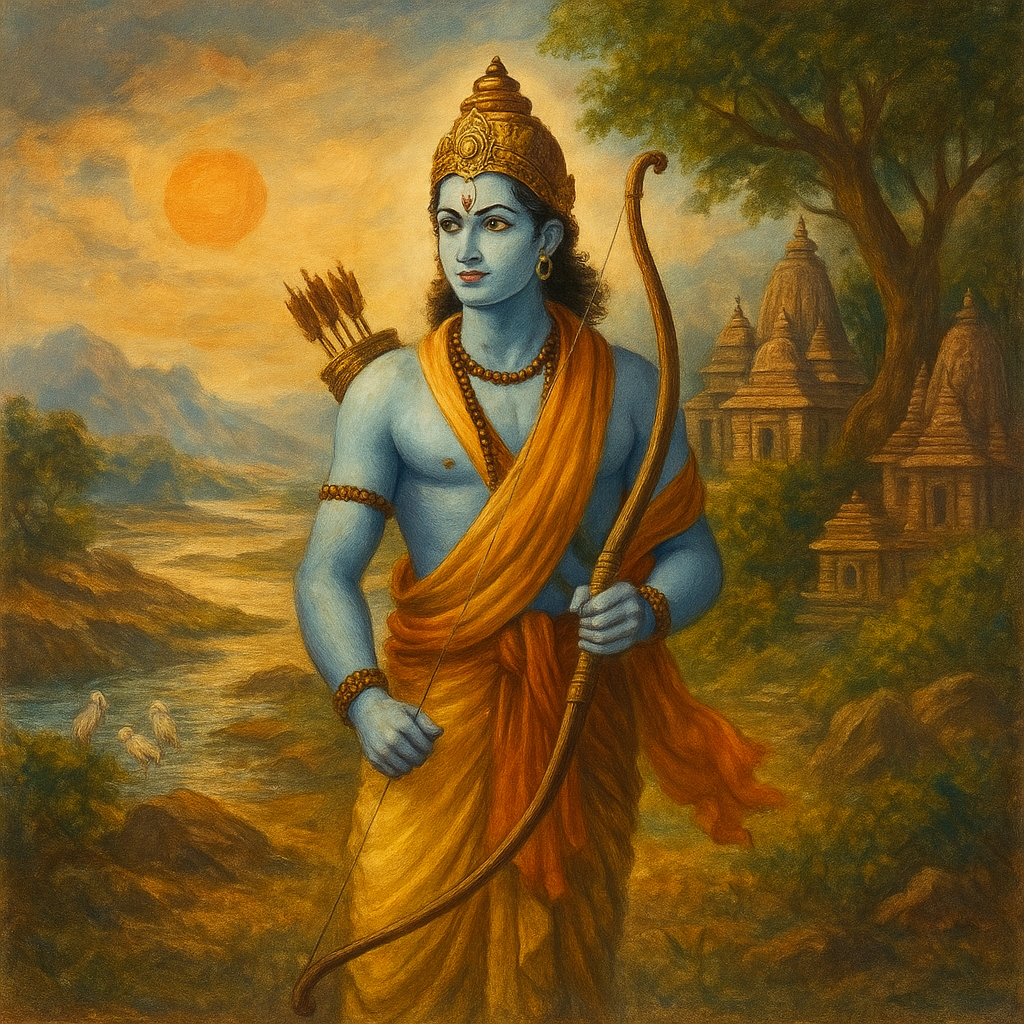
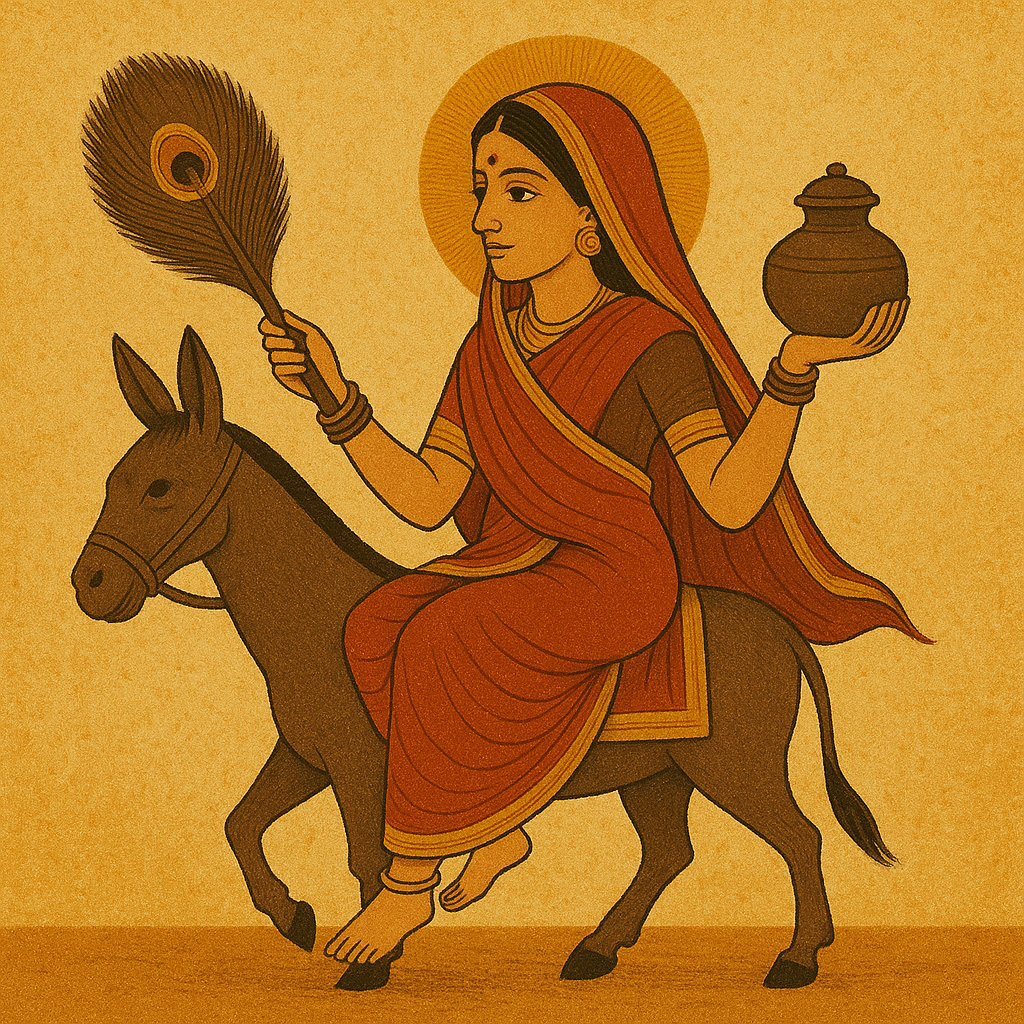
Comments 0
Leave your thought here